The Fraunhofer Institute for Solar Energy Systems ISE in Freiburg, Germany has developed a new solar cell structure for crystalline silicon.
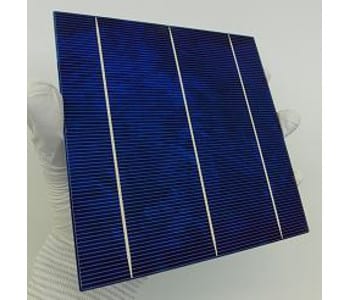

The Fraunhofer Institute for Solar Energy Systems ISE in Freiburg, Germany has developed a new solar cell structure for crystalline silicon.
A research group has uncovered the unique structural, electronic, optical, and defect properties of halide peroveskites.
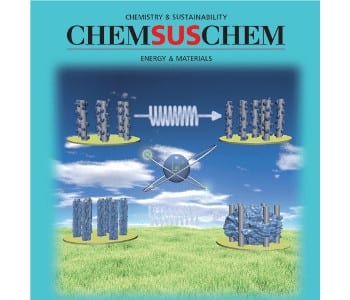
A special issue of chemsuschem dedicated to the chemistry of energy conversion and storage.
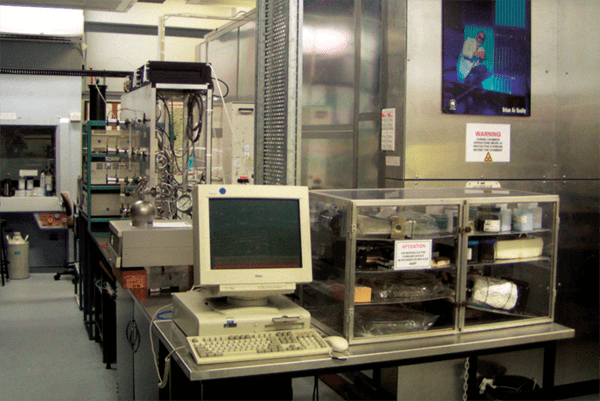
Post-combustion CO2 capture presents a great opportunity to reduce emissions, but some hurdles still exist before widespread deployment can be considered.
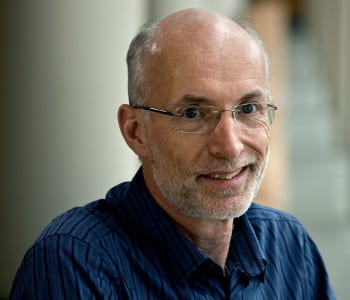
New Humboldt Professorships have been awarded, among them three prominent international physicists working on electronic, magnetic and superconducting materials.
EPFL scientists use lasers to determine for the first time how specific vibrations in a water molecule affect its ability to dissociate.
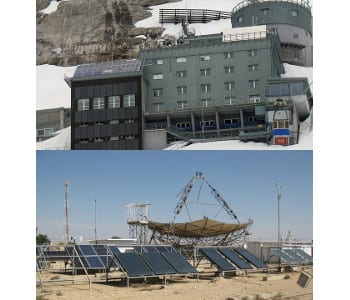
Researchers from the Fraunhofer ISE have been investigating the effects of extreme environments on solar collectors.
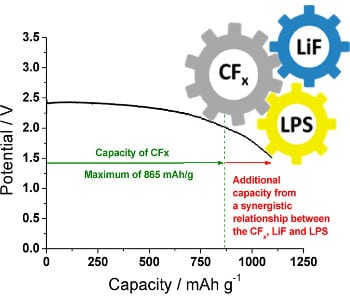
Researchers at ORNL have developed an unconventional battery chemistry aimed at producing batteries that last longer than previously thought possible.
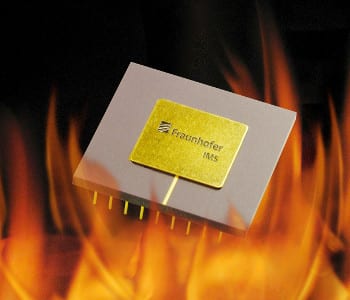
Researchers have fabricated compact SOI CMOS microchips that perform at temperatures the current generation of electronics can’t handle.
Geoff Ozin asks if carbon dioxide capture and utilization, a potential solution to the CO2 problem, is feasible with today’s photo-conversion technology.